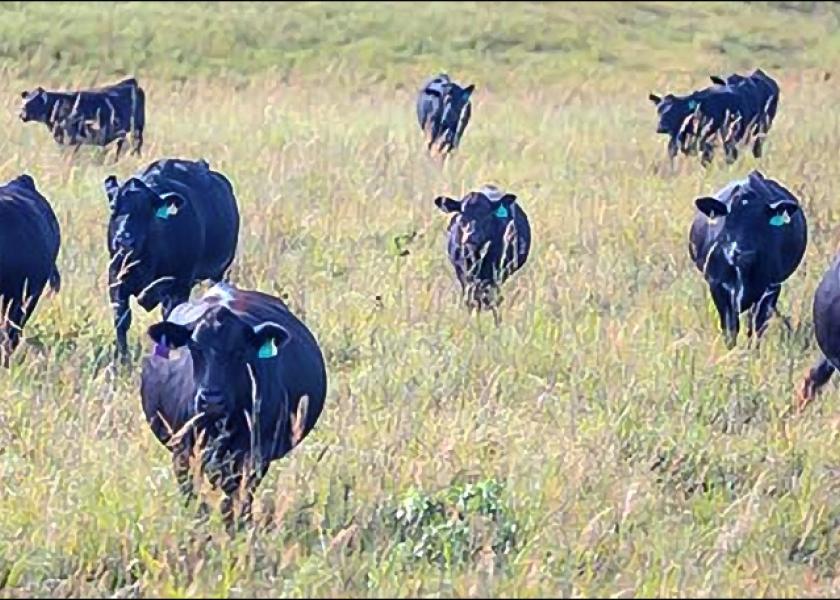Herd Liquidation May Be Slowing Down

Weekly beef cow slaughter has been higher year over year for 70 consecutive weeks. In that period, on only four occasions has the year over year increase been less than 3.0 percent. The latest weekly data shows that beef cow slaughter was up 2.7 percent year over year, just the second week this year up less than 3.0 percent. It’s too early to be sure but beef cow slaughter may be slowing down. In Oklahoma auctions, the weekly volume of cull cows was double last year from July through early November before declining the past two weeks. Two weeks ago, the weekly cull volume was about equal to last year, and the volume in the latest weekly data is down 9.0 percent year over year.
For the year to date, beef cow slaughter is up 12.3 percent year over year. If beef cow slaughter were to decline to just equal year ago levels for the remaining weeks of the year, total beef cow slaughter for the year would be up 10.5 percent year over year. This would be a net beef cow herd culling rate of 13.1 percent for the year, a new record level. The actual culling rate is likely to be a little higher.
However, heifer slaughter has not yet shown any signs of decreasing. The October 1 quarterly cattle on feed report showed that the number of heifers in feedlots was still up 1.7 percent year over year. Since that report, weekly heifer slaughter has continued to be up over four percent year over year with the most recent week up 5.8 percent over the same week one year ago. Lower feedlot placements in October presumably means fewer heifers entering feedlots as well and reduced heifer slaughter eventually.
For the year to date, heifer slaughter is up 4.9 percent over last year. By several relative measures, 2022 heifer slaughter is at the highest level since 2003. Similar to the beef cow slaughter speculation, if heifer slaughter dropped to be just equal to last year for the remainder of the year, total annual heifer slaughter would be up 4.3 percent year over year. Beef cow and heifer slaughter could drop to year ago levels, or even lower, but it seems unlikely at this point and the number of weeks remaining in the year is dwindling rapidly.
With drought continuing, it is not clear what to expect for cow and heifer slaughter going forward. It seems likely that many producers have adjusted herd inventories, given hay and feed supplies, to be able get through the winter. This might mean that cow culling will slow down through the winter. If La Niña persists next spring, more liquidation can be expected going into the next growing season.
In any event, the damage to cattle industry female inventories is already done in 2022. Total cow plus heifer slaughter is over 51 percent of total cattle slaughter so far this year and is likely to average over 50 percent for the entire year. This is the highest female slaughter percentage since 1986. The female slaughter percentage varies in a fairly narrow range, and it looks like the percentage for 2022 will be more than two standard deviations above the average of the past 30 years. In other words, the level of cow plus heifer slaughter this year is very rare and indicates the most severe depletion of female cattle inventories in more than three decades.







